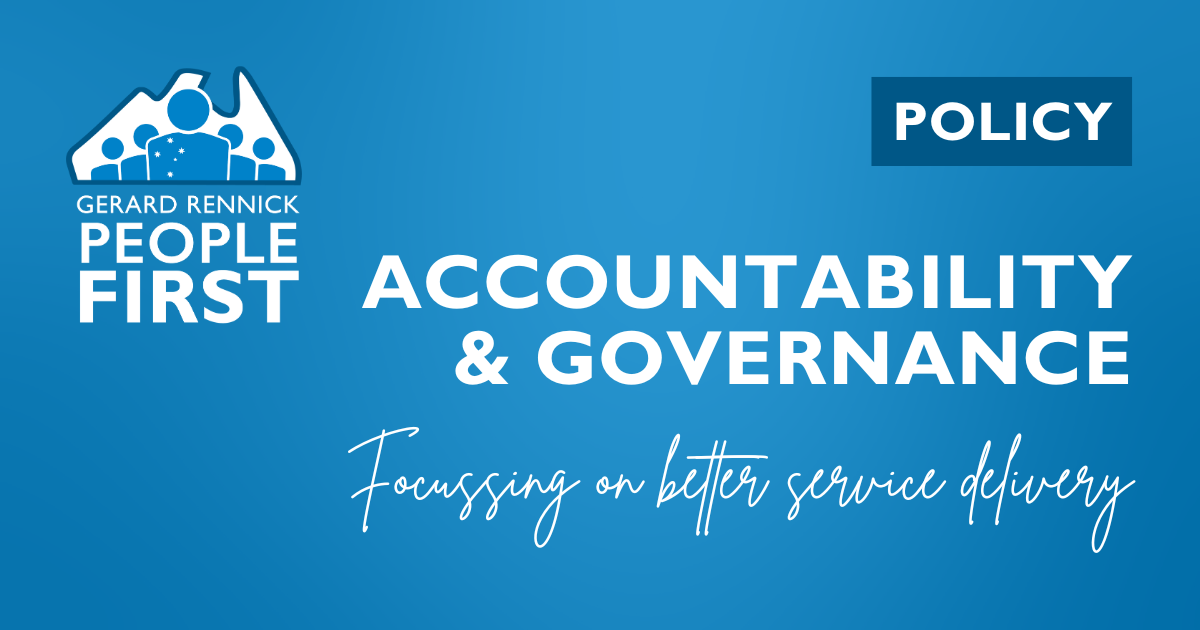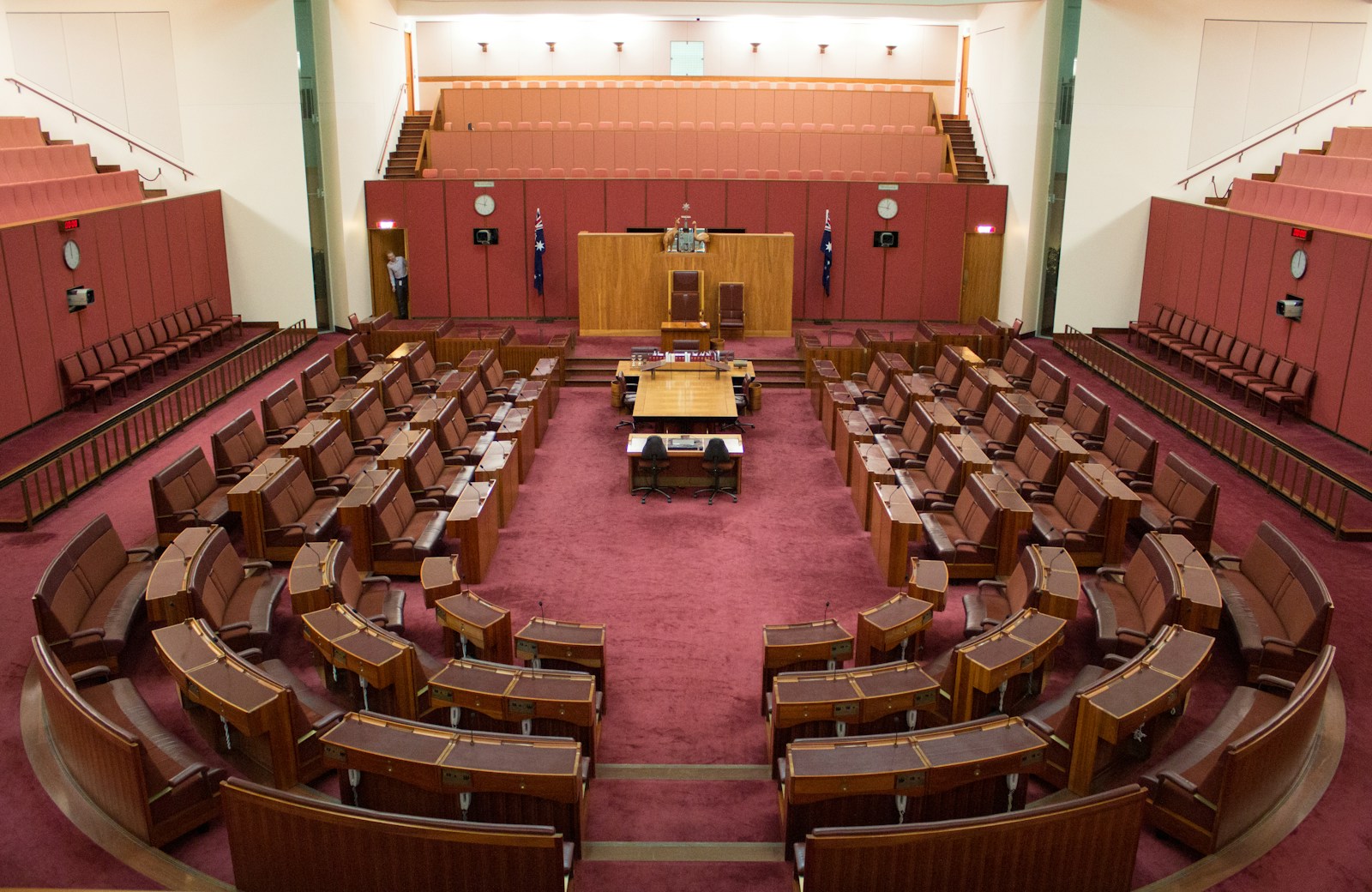“We live in a world where there was free flowing capital, that ultimately was a benefit for us. It allows good investment opportunities in Australia to be financed. It allows capital to flow to the most productive uses.”
••••••••••••••••••••••••••••••••
Capital controls are to money what border protection is to immigration. If a politician said to you we should have no border protection you would rightly say we should to stop immigration. Capital controls should be used in the same way for capital. I.e. debt and equity.
Watch as the RBA governor tries to argue lifting capital controls was a good thing.
Nothing could be further from the truth for the following reasons:
1) Australia’s house prices are now unaffordable because foreign banks were allowed to over lend to domestic banks. This increased house prices out of the reach of young people unable to save for a house.
2) Our Infrastructure was sold to foreign investors allowing profit gouging and the transfer of profits offshore.
3) Our manufacturing was allowed to go offshore resulting in a skill shortage today as there are no skilled employers to train our children in value adding trades out of schools.
4) The rise of the University sector as children are forced to incur a HECs debt as there are fewer trades on offer. The parents of foreign students were allowed to buy houses as a result of the GFC in 2008 to prop up house prices. Since the GFC immigration via foreign students has boomed to prop up house prices because of the initial explosion in debt from 1985 to 2008.
5) The closure of banks and insurance offices resulting in less competition, higher prices and branches. The Victorian State Bank collapsed because it was allowed to buy Tricontinental Investment Bank which went bankrupt. Up until deregulation State Banks could not conduct merchant banking. This failure was used to justify privatisation when it should have been used to justify capital controls.
Economics Legislation Committee
07/11/2024
Estimates
TREASURY PORTFOLIO
Reserve Bank of Australia
Senator RENNICK: Are you familiar with the 1937 banking royal commission? One of the findings of that said that, effectively, the central bank should control the volume of credit in the system. Have you read the 1937 banking royal commission report?
Ms Bullock: No, I haven’t read it recently.
Senator RENNICK: You haven’t?
Ms Bullock: No.
Senator RENNICK: That principle was overturned in 1985, when Paul Keating lifted all capital controls, and, subsequently, our domestic banks have gone offshore and borrowed money offshore without any regulations. They’ve inflated house prices without a corresponding increase in incomes. Of course, it was all great for the first couple of decades because people were living under the illusion of asset inflation or asset wealth. But it was an illusion, because now our children are coming through and they can’t afford these houses based on their incomes. It is interesting that you say macroprudential controls are the responsibility of APRA, but those macroprudential controls were under the domain of the RBA once, weren’t they?
Ms Bullock: I wouldn’t say that they were macroprudential controls. Earlier, Senator McKim mentioned section 36, but the Reserve Bank did direct credit. We lived in a world where interest rates were fixed by the government and the central bank, the exchange rate was fixed and there were capital controls. We don’t live in that world anymore. We live in a world where, as you highlight, there is free-flowing capital. Ultimately, that is of benefit for us because it allows good investment opportunities in Australia to be financed and capital to flow to the most productive uses. Ultimately, it is of benefit.
Senator RENNICK: A lot of younger people would disagree with you.
CHAIR: Senator Rennick, I want to make sure that the governor had finished her answer.
Senator RENNICK: A lot of young people would disagree with you because the percentage of homeownership now amongst younger people—actually, people up to 50—has declined over the last three decades. We have household debt as a percentage of income up to something like 120 per cent. We’re running at record levels of household debt or close to record levels; it has been topped out for a while, but it’s still very high. Also, we’ve sold a lot of our infrastructure offshore, or offshore foreign interests have bought our infrastructure. I don’t see how you can say that we’re better off when younger people cannot buy a house. I think the median price of a house in Sydney now is $1.6 million. How do you think that’s being ‘better off’?
Ms Bullock: The point about housing, which is a separate point, is that, like all things, supply and demand is the critical point here.
Senator RENNICK: I totally agree with that.
Ms Bullock: The demand for housing is higher than the supply of housing and, basically, that’s what’s driving housing prices. We’ve had this discussion before. It’s also a key factor in the rental situation, with the supply of and demand for rentable accommodation. Basically, when you have a population growing, like you have in Australia, and you’re not able to build enough houses, that’s what happens: the price of housing goes up.
Senator RENNICK: That’s the case in the last decade, but that wasn’t the case between 1985 and 2008, when foreign debt in the four major banks went from $8 billion to $800 billion. Most of that was lent against housing. House inflation was the result of lax capital controls; they inflated house prices.
Ms Bullock: Earlier, prior to removing the restrictions on lending, a lot of people couldn’t get a housing loan. The problem was that people were credit constrained. There were a lot of people in those days who really wanted to get a house but couldn’t because the banks wouldn’t lend them the money. Now they can, but the problem with the housing prices is the demand and supply issue.






























